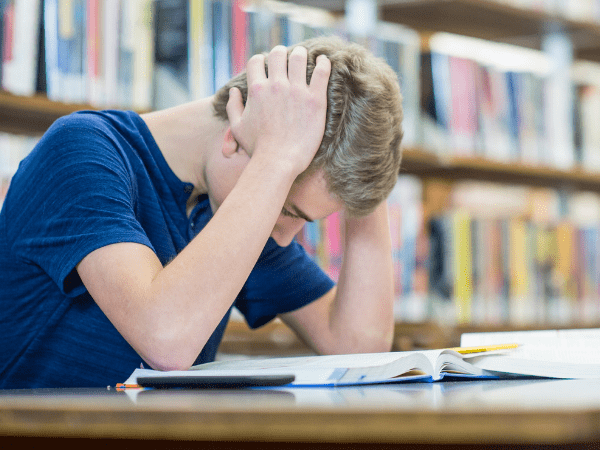Are you looking for the Classworks Special Education program from TouchMath? Click here to go to their site.
Are you looking for the Classworks Special Education program from TouchMath? Click here to go to their site.
Learning loss is a hot topic in education. This is for a good reason. As students return to school, teachers realize that they are not getting students who are coming into their classes as prepared. It can be a confusing set of priorities to juggle. On the one hand, teachers are experts at adjusting and meeting students where they are. But on the other hand, the pacing guides and schedules imposed on teachers do not seem to let up. How do teachers balance these competing issues? How do teachers handle learning loss?

The first thing to understand about learning loss is that students don’t typically lose knowledge. But instead, learning loss is the disruption of the trajectory of learning. So students are not at the level that experts expect them to be when they enter the new school year.
Using our definition, learning loss is a very real concept. But again, it is not the loss of learning. Think of it more as a disruption. If you are disrupted after doing something for an extended time, you will not accomplish as much as you would expect. This is the best way to view learning loss. Your students are usually not going backward, but they are not accomplishing as much when learning disruptions occur.
Summer learning loss is a typical issue in the classroom each fall. Students return from summer break, and they appear to be behind. Based on studies, students can have 17-34% learning loss. But how learning is measured and then lost can vary between studies. As teachers, we feel it at the beginning of each school year. Students need more reviewing of core concepts as you teach new concepts. So anecdotally, learning loss happens in every classroom, and it happens after extended breaks.
If teachers have been dealing with learning loss each year, what makes pandemic learning loss so different? The most significant difference lies in the scope and impact of the disruption. During the pandemic, remote learning became the norm, but it didn’t affect all students equally. School officials expected students to be at the same academic level as their pre-pandemic peers, but this was not the case.
COVID-19 exposed many existing inequalities within communities, schools, and families. Factors such as:
While the pandemic is not as disruptive as it was before, its effects on education are still being felt. These issues made pandemic learning loss far more severe than the typical summer learning slide. Unlike the usual summer break, the pandemic created significant hardships that teachers and students had to navigate for the first time, leading to more profound learning setbacks and ongoing challenges.
Look at how schools combat summer learning loss and apply these steps to address the setbacks students are still working through that were caused by the pandemic. One significant way communities address this is through a resource faucet. Resource faucets flow freely in schools when they are in session, and when students have access to resources, they can make significant learning gains. When the resource faucet gets shut off in the summer, student achievement seems to recede. Communities have found ways to combat learning loss by offering resources and programs in the summer.
Educators should apply this logic to online resources. Providing students with consistent access to educational materials and support, even outside of traditional school settings, helps maintain and enhance learning. The same principles used to mitigate summer learning loss can be adapted to help students overcome the lingering setbacks from the pandemic, ensuring they continue to receive the necessary resources and opportunities to succeed academically.
Independent reading is one of the most effective ways to boost reading levels because it helps students develop a habit of reading for pleasure. Reading is one of the most significant areas of learning loss, so this is key for preventing learning loss in the classroom.
Going into new school years or new units of study, you may have to change perspective. Teachers may need a day or two of review before teaching concepts not previously a part of your class syllabus. It may seem like a huge time suck, but it will be more time-consuming teaching students who do not have the necessary background knowledge and skills. So consider restructuring your previous teaching schedule.
Zero in on skills students always seem to struggle within the classroom. For example, algebra teachers know that factoring practice is necessary each year to combat learning loss. TeacherMade can help. Streamline your practice assignments into digital activities. This way, your students know what they miss at the moment, and you both can make learning gains faster. Giving extra personalized assignments for homework to those students who are behind is also a great way to add more focused time into your students’ day.
You can’t add more time into a day, so what can you do? Cover more ground by working more efficiently in the classroom. Using TeacherMade can get more done, give richer feedback, and be more efficient at grading and assessing students. TeacherMade converts paper, PDF, and other file types into digital assignments.